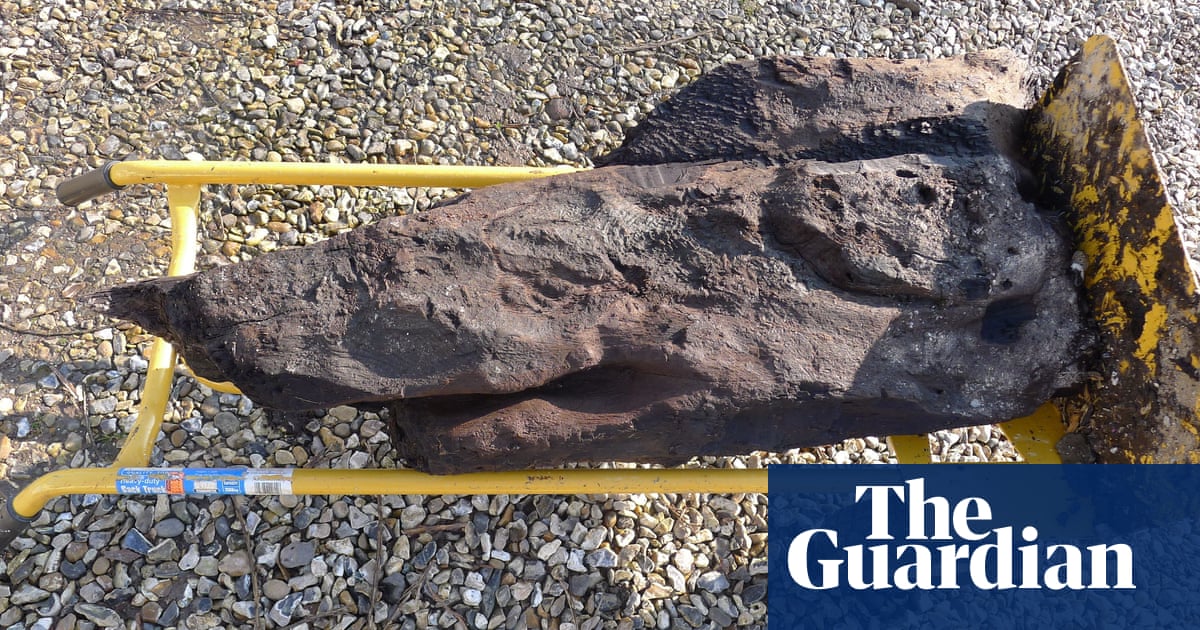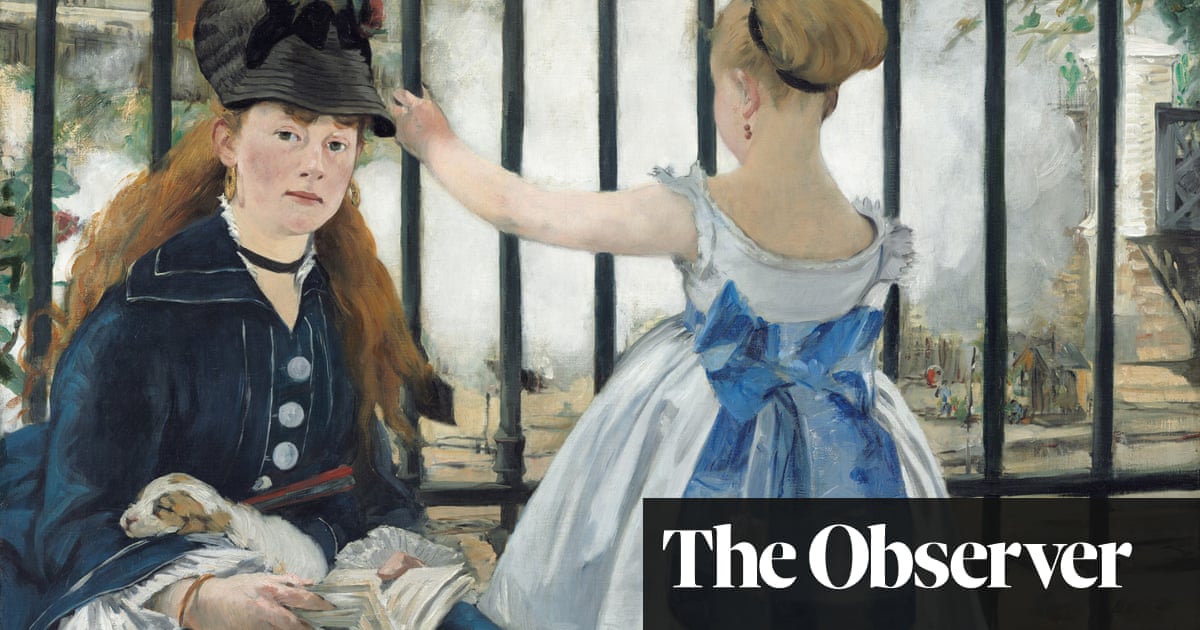
Kolkata is the only city in India still using tramway system
Protesting residents are appealing to high court to save it
NEW DELHI: Standing in the rain at the Shyam Bazar, Koushik Das joined another 500 residents of Kolkata trying to save an iconic piece of the city’s heritage: India’s oldest operating trams.
Introduced in 1873, during the days of the British Raj, when Kolkata was the center of colonial rule, trams were initially horse-drawn and then steam-powered. Electric ones took to the streets in 1900.
From Kolkata, they were brought to other major Indian cities, including Patna, Chennai, and Mumbai, but it is only in the capital of West Bengal where they are still in service.
“Nowhere in India do you have a tram service except in Kolkata, and we want to preserve and save it,” Das told Arab News.
“We will not allow the tram to be stopped in Kolkata. It will remain our heritage.”
The protest he was part of on Thursday came in reaction to last week’s announcement by Snehasis Chakraborty, the state transport minister, that trams would be removed from the streets of Kolkata to help decongest its traffic.
For Das and other tram users who have mobilized under his “Save Heritage, Save Tram” social media campaign, the announcement was a blow, as if someone was “trying to snatch” his identity.
“The tram is the identity of Bengal … We will launch a wider protest,” the 20-year-old journalism student said.
“We want the tram to run on all routes. It is economically viable for people and environmentally friendly.”
Over the past few years, Kolkata’s tram network has been slowly disappearing. Only two routes remained in operation out of 37 in 2011. At the same time, the track has shrunk from 61 km to only 12, according to Calcutta Tram Users Association data.
The number of passengers has also dropped — tenfold to the current 7,000.
Dr. Debasish Bhattacharyya, a biochemist and the association’s founder, has been working to revive the heritage mode of transport over the past eight years.
“Calcuttans have been familiar with their tramway for the last 151 years. The city grew up along the tracks so that citizens could reach any point using the tramways. Because of the extreme usage of the people, the tramway has penetrated all aspects of the life and culture of the Bengalis,” he told Arab News.
“We do not view the tramways as a means of transport but rather a part of our soul. We inherited this asset from our ancestors. Thus, it is a living heritage of the city. It is a signature of the city, too.”
The state government plans to operate only a short single route: from Esplanade at the heart of the city, past some landmark monuments. It will end at Maidan, Kolkata’s largest urban park, offering a nostalgic experience, which the transport minister said would be a “pleasant and environment-friendly ride.”
But the environmental aspect is what motivates the protesting residents as well.
“Beyond its poetic beauty, we cannot ignore the usefulness of trams as the green, eco-friendly mass transport system,” said Sreeparna Sen, a banker and blogger.
“Kolkata is fortunate to have a wonderful intricate network of tram lines, which, if used tactically, will solve the transport problem and decrease the pollution. For every sane reason, trams should be preserved.”
In a last-ditch effort, protesters have appealed to the Kolkata High Court against the discontinuation of tram services and are waiting for its ruling. Until then, the state government also cannot proceed with dismantling the remaining tracks.
Kolkata’s tram system has outlived others by decades. In Mumbai and Delhi, trams stopped operations in the 1960s. In Chennai, in the early 1950s.
“It is a pocket-friendly means of transportation, it’s environment-friendly. Tram is the pride of Kolkata,” said Tarun Patra, a student involved in the Save Heritage, Save Tram campaign.
“We are waiting for the high court order on this issue. We want our voice to reach the high court, and the court should know the sentiments of the people.”












